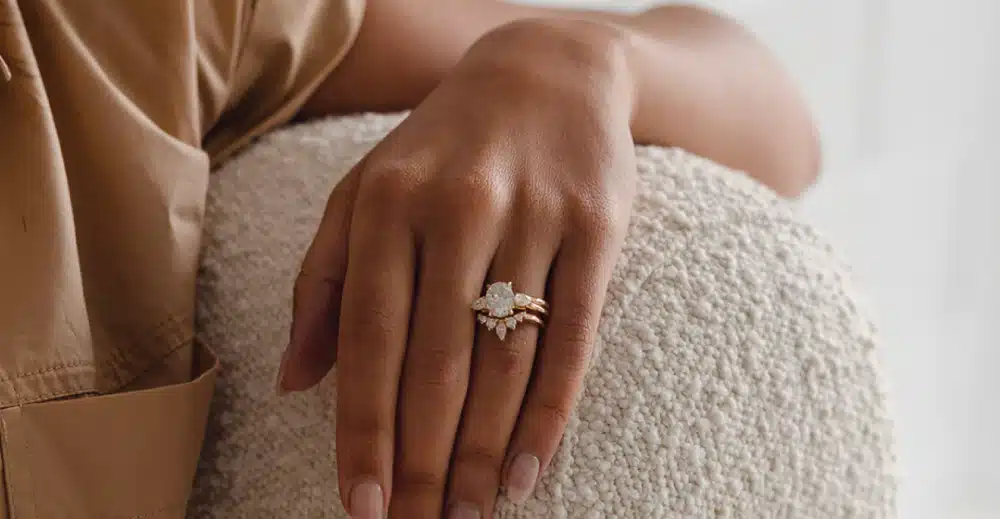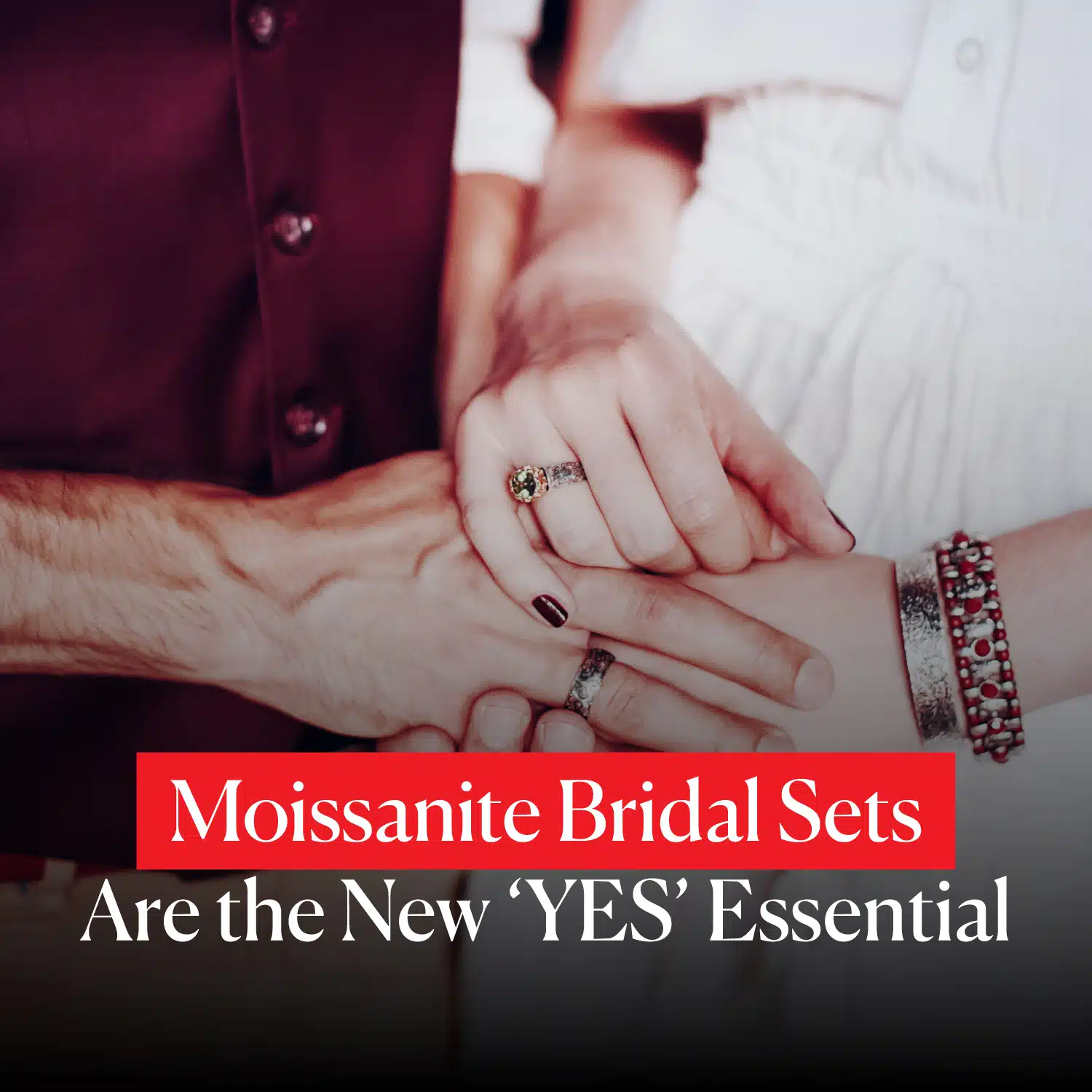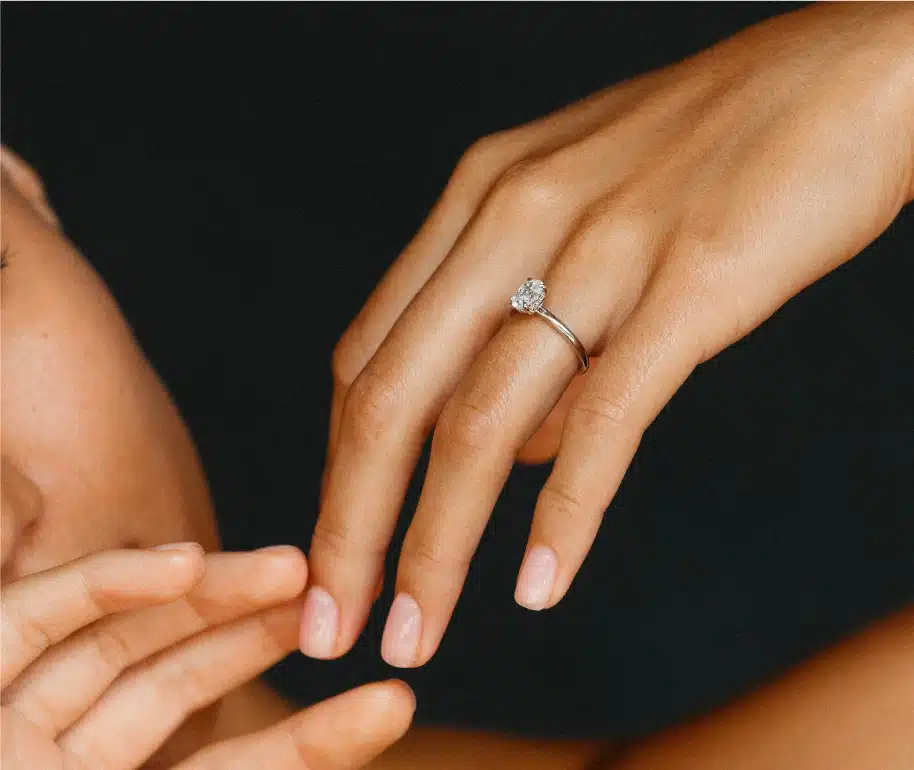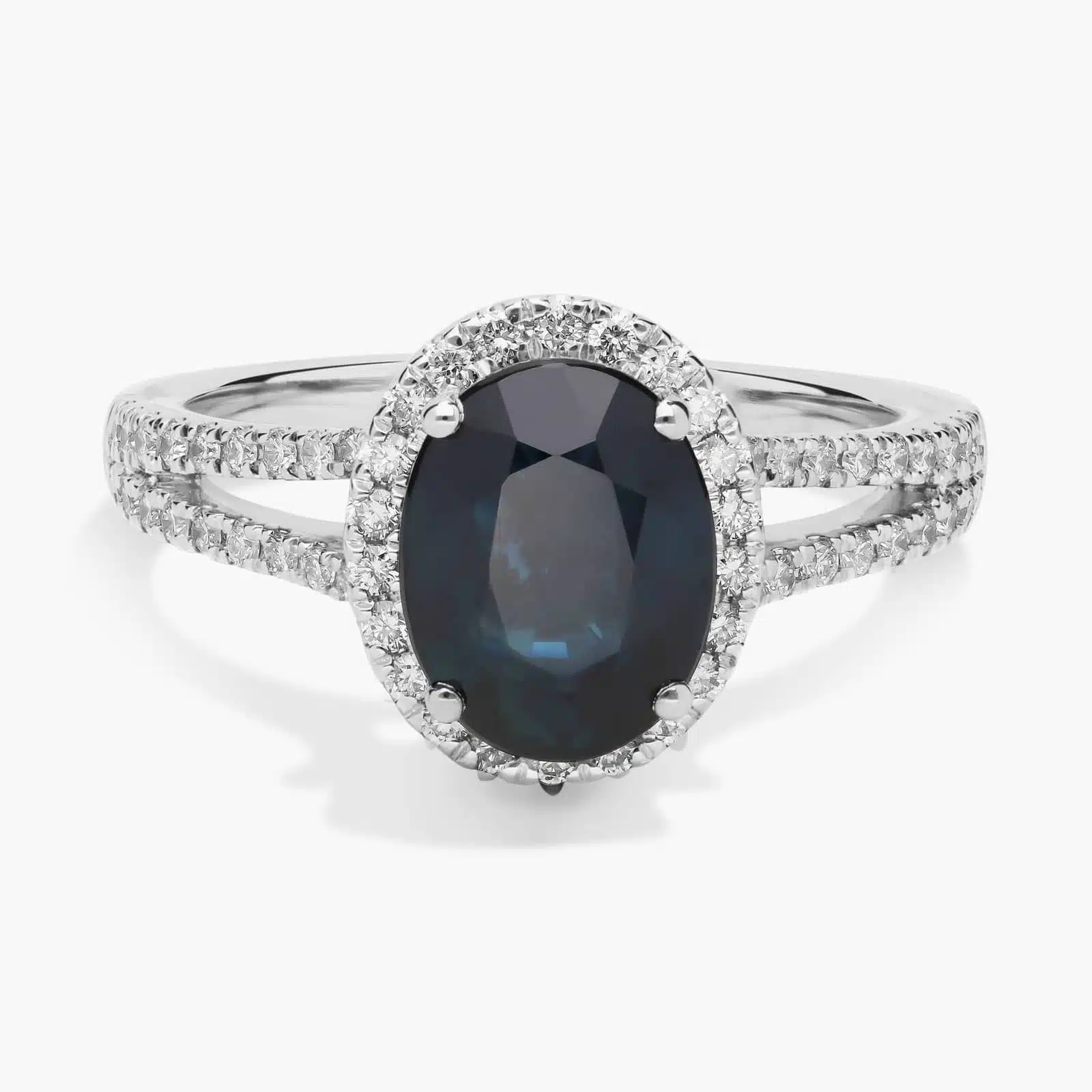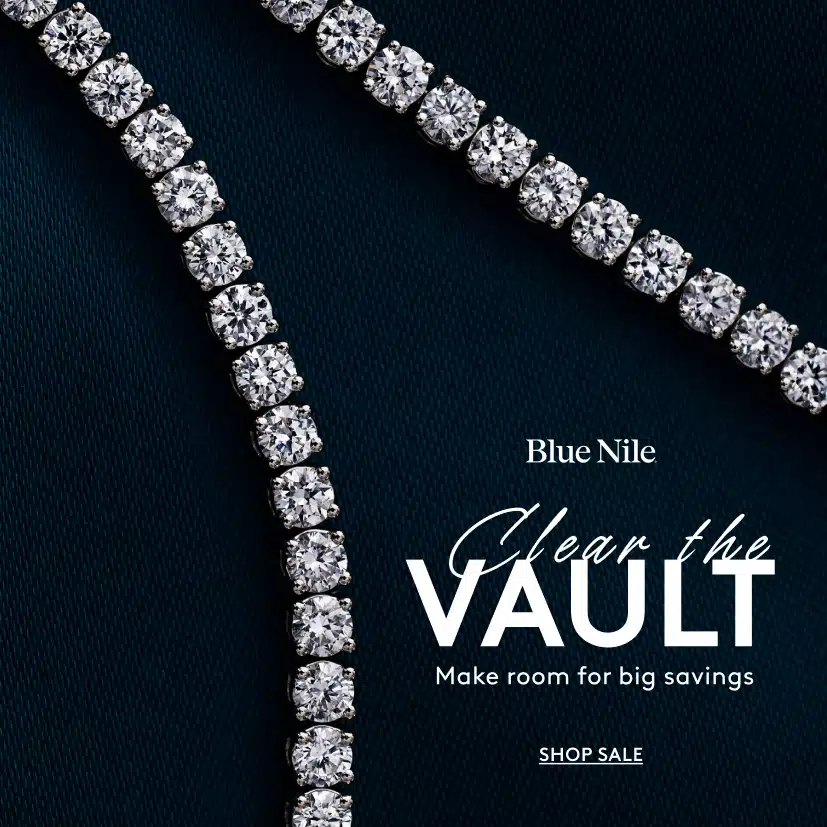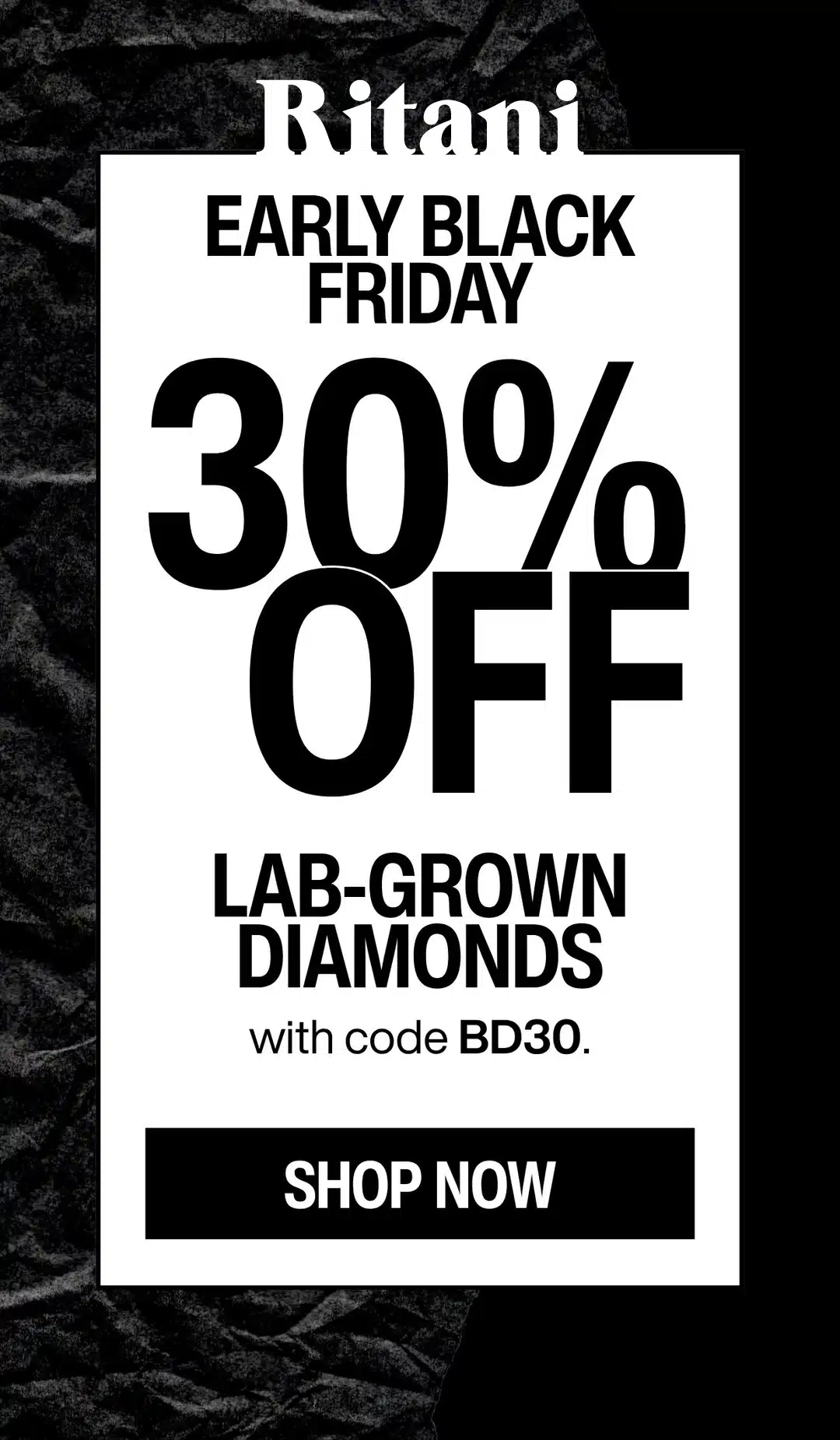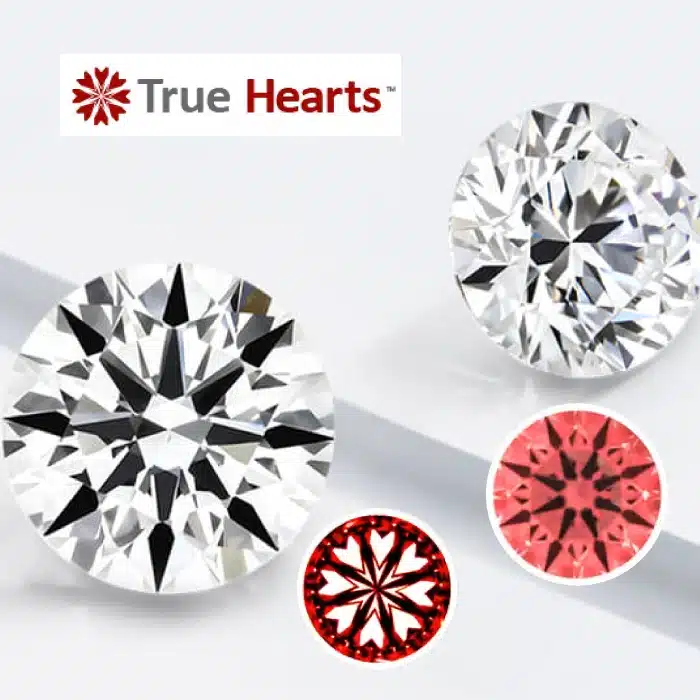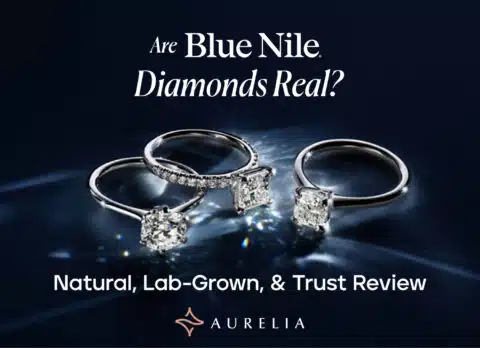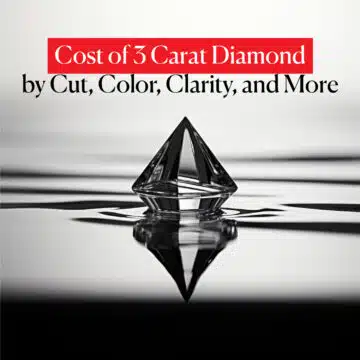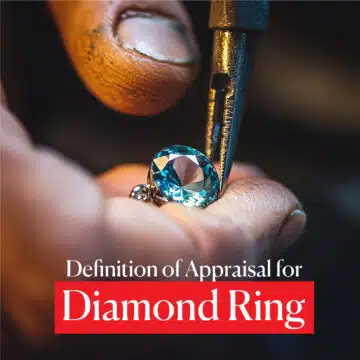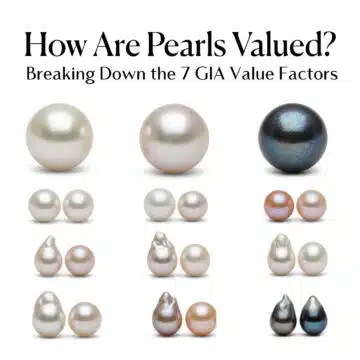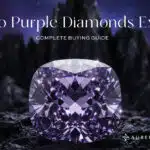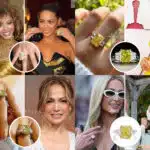Let me give you the bottom line right up front: Yes, for buyers who want a guaranteed, top-tier diamond with undeniable sparkle, the premium for a James Allen True Hearts™ stone is absolutely worth it.
- Verifiable “Hearts & Arrows” optical precision
- ASET & Idealscope images for every stone
- Exceptional brilliance and light performance
- Often includes the coveted AGS Ideal report
- Carries a significant price premium (15-25%)
- Selection is limited vs. main inventory
I know what happens next. You see that little “True Hearts” badge, you see the higher price tag, and the skeptic in you immediately asks, “But is it just a clever marketing gimmick?” After a decade on the wholesale side of the business, watching countless people grapple with this exact decision, I can tell you it’s a valid and important question.
And while the answer is no, it’s not a gimmick, understanding why it’s worth the premium is how you make a truly smart investment instead of just a purchase.
My mission with this review is to give you that understanding. I’m not here to sell you; I’m here to pull back the curtain and show you exactly where your money is going. We will break down what True Hearts means for each diamond shape and deliver a final, no-nonsense verdict so you can buy with total confidence.
- First, What Exactly is a True Hearts Diamond?
- The Real Difference: True Hearts vs. A Standard GIA Excellent Diamond
- The True Hearts Deep Dive: A Shape-by-Shape Breakdown
- Let's Talk Money: Is the True Hearts Premium Really Worth It?
- How to Shop For a True Hearts Diamond: My 4-Step Insider's Guide
- My Final Verdict: Is a True Hearts Diamond The Right Call For You?
- Frequently Asked Questions (FAQs)
First, What Exactly is a True Hearts Diamond?
Okay, so what does the “True Hearts” name actually mean when you see it on a James Allen product page? It’s not just branding; it’s a specific designation for a diamond cut to an elite standard of precision.
To really get it, let’s step outside the jewelry world for a second. The way I always explain it to clients is by using my master tailor analogy.
Think of it like this: A standard GIA “Excellent” cut diamond—which is already a fantastic stone, let’s be clear—is like a high-quality, off-the-rack suit from a top designer. It looks great, it’s made from fine material, and it fits wonderfully.
A True Hearts diamond is that same suit, but it’s been handed over to a master tailor who has spent hours perfecting every single stitch, seam, and contour. The fit is no longer just “great”; it’s flawless. It hangs perfectly because its underlying structure is perfect. That’s the level of precision we’re talking about.
Check the image below:

In a diamond, those “stitches and seams” are the tiny facets. When they are aligned with near-perfect three-dimensional symmetry, something almost magical happens. This is where the term “Hearts and Arrows” (H&A) comes from. It’s not just a cute name; it’s a literal description of the pattern that you can see through a special gemological viewer:
- From the bottom (pavilion), you see a perfect pattern of eight symmetrical hearts.
- From the top (crown), you see eight symmetrical arrows.
And here’s the most important part, something many people get wrong: a cutter can’t just add a Hearts and Arrows pattern to a diamond. It’s a visual side effect that only emerges when the cut is so precise and so symmetrical that every facet is in perfect harmony. It’s the trophy the cutter gets for achieving that master-tailor level of perfection.
So, when you see the True Hearts badge, don’t think of it as just a brand. Think of it as a certificate of craftsmanship—a sign that the diamond has that flawless underlying structure, designed to capture and return every possible ray of light as breathtaking sparkle.
True Hearts is James Allen's collection for the visual perfectionist. These diamonds represent the top 1% of all diamonds graded for cut quality, specifically screened for flawless optical symmetry—what the industry calls "Hearts and Arrows." From my professional standpoint, this is as close to a perfectly cut diamond as you can get, and James Allen gives you the tools to see it for yourself.
WHAT WE LOVE ABOUT THIS COLLECTION:
- Verifiable Hearts & Arrows Pattern: The ultimate visual proof of a masterfully cut round diamond.
- Advanced Imaging Included: ASET and Idealscope images are provided to let you analyze the light performance like a pro.
- AGS "Ideal" Certification: Many True Hearts diamonds carry the coveted AGS Ideal grade—the industry's most stringent for cut.
- Unmatched Visual Scrutiny: Combines the Hearts & Arrows precision with James Allen's best-in-class 360° HD videos.
- Empowers the Buyer: You don't just have to trust a report; you get the visual evidence to confirm the diamond's superior brilliance.
- Guaranteed Eye-Clean Perfection: These stones are hand-selected to be free of any distracting inclusions to the naked eye.
The Real Difference: True Hearts vs. A Standard GIA Excellent Diamond
Here’s a secret from the grading world, something I saw every single day when I was on the wholesale side: the GIA “Excellent” cut grade is a range. Trust me on this. Think of it like a test score where anything from a 92% to a 99% gets an ‘A’.
Both are fantastic scores, but one is undeniably better than the other. It’s the same with diamonds. Two stones can both have an “Excellent” certificate, but one can be a ’92’ and the other a ’99’.
True Hearts is James Allen’s way of finding and branding only the 99-pointers for you. It’s a “super-ideal” category designed to filter out the good from the truly exceptional.
But here’s the key difference, the part that matters to you and your wallet: proof. A GIA certificate tells you a diamond has excellent proportions.
James Allen’s True Hearts collection shows you the brilliant result of those proportions. They do this by providing advanced imaging tools that, until recently, only gemologists had access to:
- ASET (Angular Spectrum Evaluation Tool): This is the ultimate light map. It uses different colors to show you exactly how a diamond is handling light. In simple terms: red is good (capturing intense light), green is also good (less intense light), and blue creates contrast.
What you want to avoid is white or black, which shows light leaking straight through the diamond and being lost forever. - Idealscope: This is even more straightforward. It’s a red-and-white map where red indicates light return and white indicates light leakage. The goal for a top-performing diamond is maximum red and minimum white.
This commitment to showing you the proof with professional-grade tools is, frankly, what sets James Allen apart from competitors. While you can find great diamonds at many places, like in our Brilliant Earth vs. James Allen comparison, James Allen’s obsession with superior imaging gives you, the buyer, unparalleled power.
Here’s what a real customer, now a happy client of mine, had to say after I walked him through the process:
“I was on the fence about the True Hearts price until Mehedi had me compare the ASET images of a True Hearts stone and a standard ‘Excellent’ one. The difference was night and day. The True Hearts was a sea of red, while the other had noticeable white spots.
I instantly understood where the extra money was going—into pure light performance. It made the decision a no-brainer.”
To put it all together, let’s look at a direct comparison within James Allen’s own inventory.
| Feature | Standard James Allen (GIA Excellent) | True Hearts™ by James Allen |
| Cut Grade | GIA Certified “Excellent” | GIA Certified “Excellent” AND visually screened for Hearts & Arrows optical precision. |
| Symmetry Proof | The GIA report states “Excellent” symmetry. | The actual Hearts & Arrows pattern is visible in specialized images, confirming near-perfect 3D symmetry. |
| Light Performance Data | None provided. You must judge the sparkle and brilliance by skillfully inspecting the 360° video. | Yes. ASET and Idealscope images are provided, giving you a scientific map of light return and leakage. |
| Best For… | The confident, budget-conscious researcher willing to sift through options to find a top performer on their own. | The perfectionist who wants verifiable proof of a “super ideal” cut and is willing to pay for that assurance. |
| Price | Standard Market Price (The Baseline) | A premium of approximately 15-25% over a standard GIA Excellent stone of the same specs. |
It’s the difference between hoping you got one of the best diamonds on the market, and James Allen giving you the tools to know you did.
Diamond IQ Test: Natural or Lab-Grown?
Two identical diamonds: GIA Certified, 1.51ct, D Color, VVS1, Ideal Cut. One is natural ($16,530), the other is lab-grown ($2,390). Choose the diamond you like better and see if you can match it to its origin.
The True Hearts Deep Dive: A Shape-by-Shape Breakdown
This is where we get into the details that truly matter. From my years in the wholesale business, I can tell you that a diamond’s shape dramatically changes what “the perfect cut” looks like. The promise of a True Hearts diamond isn’t a one-size-fits-all solution; it’s a commitment to perfecting the unique beauty and overcoming the common pitfalls of each individual shape.
The most important thing to understand is that the classic “Hearts and Arrows” pattern is exclusive to the round brilliant cut. For the other shapes—the “fancy shapes”—the True Hearts designation isn’t about seeing literal hearts and arrows. It’s about a fanatical devotion to optimizing light performance and fixing the common flaws that plague lesser-cut stones.
This focus on providing visual proof is what makes the platform so powerful, a topic I cover in depth in my complete James Allen Review. Let’s break down exactly what you’re paying for with each shape.
The Round Brilliant: The Gold Standard of Hearts & Arrows
The round brilliant is the original super-ideal cut, and it’s the flagship of the True Hearts collection. This is where the name comes from, and the standard for perfection is absolute.
Let’s look at a real-world example of what you’ll see on the product page for a top-tier, True Hearts round diamond.

- A Standard GIA Excellent Round: When you browse the main inventory, you’ll find thousands of beautiful GIA Excellent rounds. They will be bright and sparkly. However, within that “Excellent” grade, there’s a wide range.
Some might have slight light leakage under the table (the main top facet) or minor symmetry flaws that are invisible to the naked eye but subtly dampen the sparkle. You can find an amazing stone here, but you have to be the one to hunt for it by analyzing the video for fire and brilliance. - The True Hearts Round: This is the pinnacle. The cutter’s goal here is to achieve a perfect, crisp, and symmetrical Hearts and Arrows pattern. When you look at the specialized scope images James Allen provides, you’re looking for:
- Eight uniform, clearly defined hearts in the pavilion view (view from the bottom). They should be separate from the “V” shapes above them, not “cleaving” or blending into them.Eight distinct and uniform arrows in the crown view (view from the top).No “mushy” or misshapen patterns.
Why this matters to you: This perfect 3D symmetry isn’t just for looks; it’s a guarantee of performance. It ensures light entering the diamond is sent back through the top with maximum efficiency, creating what we call “edge-to-edge brilliance.”
The diamond looks bigger, brighter, and more alive because there are no dead spots. It’s a visual fireworks show, and the H&A pattern is the proof of the craftsmanship required to create it.
This visible evidence is a key differentiator when you compare vendors, a subject I explore fully in the Astor By Blue Nile vs True Hearts by James Allen showdown.
Read Our 5-Star Blue Nile Review
Check our comprehensive Blue Nile review to learn why we rated Blue Nile 5 stars for their exceptional quality and value.
The Princess Cut: A Battle for Brilliance and Against the “Dead Center”
The princess cut is a modern classic, loved for its sharp lines and brilliant sparkle. However, it’s notoriously difficult to cut well.
Now, let’s look at a True Hearts Princess Cut. Remember, for fancy shapes, we’re not looking for Hearts and Arrows; we’re looking for how well the cutter has optimized for brilliance and avoided common pitfalls.

- A Standard Excellent Princess: The biggest issue with standard princess cuts is that they are often cut very deep to retain carat weight from the rough diamond. This depth can create a “dead” or dark zone right in the center that doesn’t reflect light properly.
It can also lead to less defined “chevrons” (the facet patterns), resulting in a chaotic, crushed-ice look instead of bold flashes of light. - The True Hearts Princess: A True Hearts princess is cut for beauty, not for weight retention. The cutters focus on two things:
- Eliminating the dead center: The facet angles are optimized to return light from the pavilion, even in the very middle of the stone.Creating crisp chevron patterns: This results in long, sharp, distinct flashes of light as the diamond moves. It’s the difference between a pin-flash sparkle and a mushy shimmer.
What to look for: In the 360° video, rock the diamond back and forth. Watch the center. In a lesser stone, you’ll see a large, dark, non-reflective area. In a True Hearts princess, that area will stay bright and lively. This is the test, and it’s a test they are specifically cut to pass.
The Cushion Cut: The Antidote to “Crushed Ice”
Cushions are my personal favorite, but they are the wild west of diamond cuts. The variations are immense, and many are cut poorly.
Now for my favorite shape, the cushion. Let’s look at a prime example of how the True Hearts collection solves the common “crushed-ice” problem and creates a truly brilliant diamond.

- A Standard Excellent Cushion: The most common flaw in standard cushions is the dreaded “crushed-ice” look. This happens when the diamond is cut with countless tiny, random-looking facets on the bottom.
It traps light rather than returning it, creating a watery, static-like shimmer with no bold flashes. It lacks fire and life and is a direct result of cutters trying to maximize the final carat weight from the rough stone. - The True Hearts Cushion: This is the cure for crushed ice. True Hearts cushions are cut in the “Cushion Brilliant” style, which means they have larger, more distinct facets arranged in a pattern similar to a round brilliant. This creates:
- Bigger, bolder, more dramatic flashes of light and fire.A brighter, more lively appearance that avoids the dead, glassy look of crushed-ice cushions.
What to look for: Ignore the certificate for a moment and just watch the video. Do you see big, rolling flashes of light, like a shimmering pool? Or does it look like TV static? A True Hearts cushion should give you those beautiful, broad flashes.
It’s for the person who loves the romantic, soft shape of a cushion but demands the breathtaking sparkle of an elite round cut.
DIAMOND ON SALE!!
⏰ Tick-Tock! The Best Diamond Deals at James Allen Are Disappearing Fast!
The Oval Cut: Banishing the Bow-Tie
The oval cut is incredibly popular for its elegant shape and finger-flattering effect. But it comes with a notorious, built-in enemy: the bow-tie.
- A Standard Excellent Oval: The bow-tie is a dark, bow-tie-shaped shadow that runs across the center of nearly every oval diamond. It’s an unavoidable consequence of the oval’s facet structure.
In a poorly cut oval, this bow-tie can be a huge, dark, distracting void that completely kills the diamond’s beauty. In a standard “Excellent” oval, the severity of the bow-tie can range from barely noticeable to shockingly prominent. - The True Hearts Oval: A True Hearts oval isn’t about eliminating the bow-tie completely—that’s nearly impossible. It’s about minimizing it into non-existence. These stones are selected and cut with facet angles that reduce the bow-tie effect to a tiny, often unnoticeable area. The light performance across the entire stone is far more even and brilliant.
What to look for: The 360° video is your non-negotiable tool here. As you rotate the diamond, watch that center area. Does a dark, sharp bow-tie dominate the view from every angle? Or does it lighten up and almost blend into the surrounding facets as it turns?
A True Hearts oval will have a bow-tie that is faint, or that only appears at very specific angles, never a persistent dark void.
Once you’ve used these insider tips to select the perfect shape for you, the James Allen platform makes the next step seamless.
You can take that elite diamond and place it in the setting of your dreams when you build your own engagement ring right on their site, confident that the centerpiece is a verified, top-tier performer.
True Hearts is James Allen's collection for the visual perfectionist. These diamonds represent the top 1% of all diamonds graded for cut quality, specifically screened for flawless optical symmetry—what the industry calls "Hearts and Arrows." From my professional standpoint, this is as close to a perfectly cut diamond as you can get, and James Allen gives you the tools to see it for yourself.
WHAT WE LOVE ABOUT THIS COLLECTION:
- Verifiable Hearts & Arrows Pattern: The ultimate visual proof of a masterfully cut round diamond.
- Advanced Imaging Included: ASET and Idealscope images are provided to let you analyze the light performance like a pro.
- AGS "Ideal" Certification: Many True Hearts diamonds carry the coveted AGS Ideal grade—the industry's most stringent for cut.
- Unmatched Visual Scrutiny: Combines the Hearts & Arrows precision with James Allen's best-in-class 360° HD videos.
- Empowers the Buyer: You don't just have to trust a report; you get the visual evidence to confirm the diamond's superior brilliance.
- Guaranteed Eye-Clean Perfection: These stones are hand-selected to be free of any distracting inclusions to the naked eye.
Let’s Talk Money: Is the True Hearts Premium Really Worth It?
Alright, let’s talk about the one thing everyone is really thinking about: the price. Because at the end of the day, my job is to make sure you get the most value for your hard-earned money.
So here’s the straight talk, with no sugarcoating. You are going to pay a premium for a True Hearts diamond. Okay, let’s not beat around the bush—you’re going to pay about 15-25% more for a True Hearts stone compared to a standard GIA Excellent diamond with the exact same 4Cs on paper.
For a $10,000 diamond, that’s an extra $1,500 to $2,500. That’s not a small number; it’s a real cost that could go towards a more elaborate setting or a bigger carat weight.
The question isn’t whether there’s a premium. The question is: what are you actually getting for that extra money?
From my time in this business, I can tell you that you’re paying for one thing above all else: certainty. You are paying to eliminate the guesswork. You are buying the peace of mind that comes from knowing your diamond is not just a “GIA Excellent” A-grade student, but the valedictorian of the class. It’s a premium for verifiable perfection.
But is it the right move for you? That depends entirely on what kind of buyer you are.
Who a True Hearts Diamond IS For:
This is for the person who wants the absolute best and is willing to pay for the assurance of getting it. It’s for the buyer whose biggest fear is “what if”—what if I could have gotten a better one? What if my diamond has a flaw I can’t see?
A True Hearts diamond, with its visible Hearts & Arrows pattern and clean ASET map, silences those doubts. You have the visual proof that you own one of the most perfectly cut diamonds on the market. If you value that peace of mind, the premium is absolutely worth it.
Lifetime Protection Alert!
A James Allen purchase includes a free lifetime warranty. This covers free prong tightening, polishing, and cleaning for life, ensuring your jewelry always looks its best.
Who Should SKIP True Hearts:
This is for the savvy shopper, the person who trusts their own eye and enjoys the thrill of the hunt. If you’re confident in your ability to analyze the 360° videos, compare GIA reports, and spot a brilliant performer from the main inventory, then you can—and should—save that 15-25%.
You can find a phenomenal non-True Hearts diamond that is 95% as good for a significantly lower price. This path requires more work and a bit more research, but for the buyer on a tighter budget, it’s the smartest financial move.
This financial calculation becomes even more critical when you’re already investing in top-tier clarity. As I explain in my guide to the VVS1 diamond price, when you’re already paying top dollar for near-flawless clarity, adding another 20% on top for cut quality is a major financial decision. In those cases, you have to be absolutely certain that visual perfection is your number one priority.
How to Shop For a True Hearts Diamond: My 4-Step Insider’s Guide
Alright, you’ve decided to explore the world of True Hearts. Fantastic choice. Now, let me show you how to navigate the James Allen site to make sure you’re not just buying a great diamond, but the perfect diamond for you. I cover the basics of using their platform in my main James Allen Review, but for a True Hearts purchase, we need to apply a specialist’s eye.

Follow these four steps, and I promise you’ll feel more confident than you ever thought possible buying a diamond online.
Step 1: Set the “True Hearts” Filter
This seems simple, but it’s the most important first step. On the James Allen loose diamond search page, after you’ve input your basics like shape and budget, go to the “Advanced Options” or “Cut” filter.
Don’t just select “Ideal.” You need to look for the specific checkbox or button that says “True Hearts.” Check that box. This immediately clears out the 99% of other diamonds and ensures you are only looking at their elite, super-ideal collection. Now, you’re in the right showroom.
Step 2: Analyze the 360° Video Like a Pro
Every diamond on James Allen has a 360° video, but for True Hearts, you’re looking for a higher level of perfection. Put the diamond on a loop and look for these three things:
- Fire & Brilliance: Do you see a balanced mix of both white flashes (brilliance) and rainbow-colored flashes (fire)? A top-tier diamond should be a disco ball, throwing off both kinds of light in a dazzling display.
- Symmetry in Motion: As it turns, do the patterns of light and dark appear balanced and symmetrical? A well-cut diamond will have a crisp, organized pattern. A lesser stone can look chaotic.
- Confirming “Eye-Clean”: Even though True Hearts diamonds are typically VS2 clarity or better, it’s always smart to verify for yourself. Look for any visible inclusions. In a True Hearts stone, you shouldn’t see anything distracting to the naked eye, but this is your chance to be 100% sure.
Step 3: Decode the ASET & Idealscope Images (Your Secret Weapon)
This is where you get your money’s worth. Below the main video, you’ll find the advanced imaging. Click on the little red flower icon to pull them up. Don’t be intimidated by these colorful maps; they are incredibly simple to read once you know the code.
Here’s my simple guide:
- Red is your best friend. Red means the diamond is grabbing light from the most direct, intense angles and blasting it right back at your eye. You want to see a sea of red.
- Green is your second-best friend. Green shows light being gathered from lower, less direct angles. It contributes to brightness, and seeing some green is perfectly fine and expected.
- Blue creates contrast. The blue areas in an ASET map form the “arrows” pattern and create the contrast between light and dark that makes the sparkle “pop.” This is essential for a crisp look.
- White or Black is the enemy. In an Idealscope or ASET map, white (or black) shows areas where light is entering the diamond and leaking straight out the bottom. It’s wasted light potential. A True Hearts diamond should have minimal to zero light leakage.
What a winning map looks like: You’re looking for an ASET image that is overwhelmingly red and green, with a crisp, symmetrical blue pattern. Any white leakage should be tiny and confined to the very outer edges.
James Allen: Our 5-Star Choice for Price and Selection
Check our comprehensive James Allen Review to learn more about their pricing and commitment.
Step 4: Compare Your Finalists Side-by-Side
You’ll probably narrow your search down to two or three amazing diamonds. This is the final test. Use James Allen’s comparison tool to line them up next to each other.
Now, don’t just compare the 4Cs—they will likely be very similar. Instead, compare the things we just discussed.
- Put the videos on at the same time. Does one seem just a little more fiery or lively than the other?
- Pull up their ASET maps. Is one just a little bit richer in red? Does one have slightly less light leakage at the girdle edge?
At this level, you’re choosing between an A+ and an A++. There is no bad choice. Trust your gut and pick the one that speaks to you the most. By following these steps, you’ve done more homework than 99% of diamond buyers out there, and you can be absolutely confident in your decision.
My Final Verdict: Is a True Hearts Diamond The Right Call For You?
So, after breaking down the technology, the shapes, and the very real cost, what’s my final word as your “man on the inside”? Where should you put your money?
Here’s my honest, professional opinion: For my money, if your budget allows for it, a James Allen True Hearts diamond is one of the safest and most rewarding purchases you can possibly make online.
The level of transparency they provide with the 360° videos, ASET maps, and Idealscope images is simply unmatched in the industry. It transforms you from a regular customer into an empowered, informed buyer. You aren’t just taking someone’s word for it; you are seeing the proof of perfection with your own eyes.
Yes, it’s a premium. I’ve been very clear about that. But this is the crucial difference, and something I saw all the time in the wholesale world: with many ‘branded’ diamonds, you’re paying for a marketing story. With True Hearts, you’re paying for measurable, verifiable performance.
You can see exactly where that extra money went—into eliminating light leakage, perfecting the symmetry, and creating pure, unadulterated sparkle that explodes off the stone.
It’s the difference between buying a diamond that’s certified as excellent and buying one you can prove is exceptional. For the buyer who values that certainty and wants a diamond that is guaranteed to be a top-tier performer, a True Hearts stone isn’t just a smart purchase; it’s the final word in brilliance.
Frequently Asked Questions (FAQs)
True Hearts is James Allen's collection for the visual perfectionist. These diamonds represent the top 1% of all diamonds graded for cut quality, specifically screened for flawless optical symmetry—what the industry calls "Hearts and Arrows." From my professional standpoint, this is as close to a perfectly cut diamond as you can get, and James Allen gives you the tools to see it for yourself.
WHAT WE LOVE ABOUT THIS COLLECTION:
- Verifiable Hearts & Arrows Pattern: The ultimate visual proof of a masterfully cut round diamond.
- Advanced Imaging Included: ASET and Idealscope images are provided to let you analyze the light performance like a pro.
- AGS "Ideal" Certification: Many True Hearts diamonds carry the coveted AGS Ideal grade—the industry's most stringent for cut.
- Unmatched Visual Scrutiny: Combines the Hearts & Arrows precision with James Allen's best-in-class 360° HD videos.
- Empowers the Buyer: You don't just have to trust a report; you get the visual evidence to confirm the diamond's superior brilliance.
- Guaranteed Eye-Clean Perfection: These stones are hand-selected to be free of any distracting inclusions to the naked eye.

